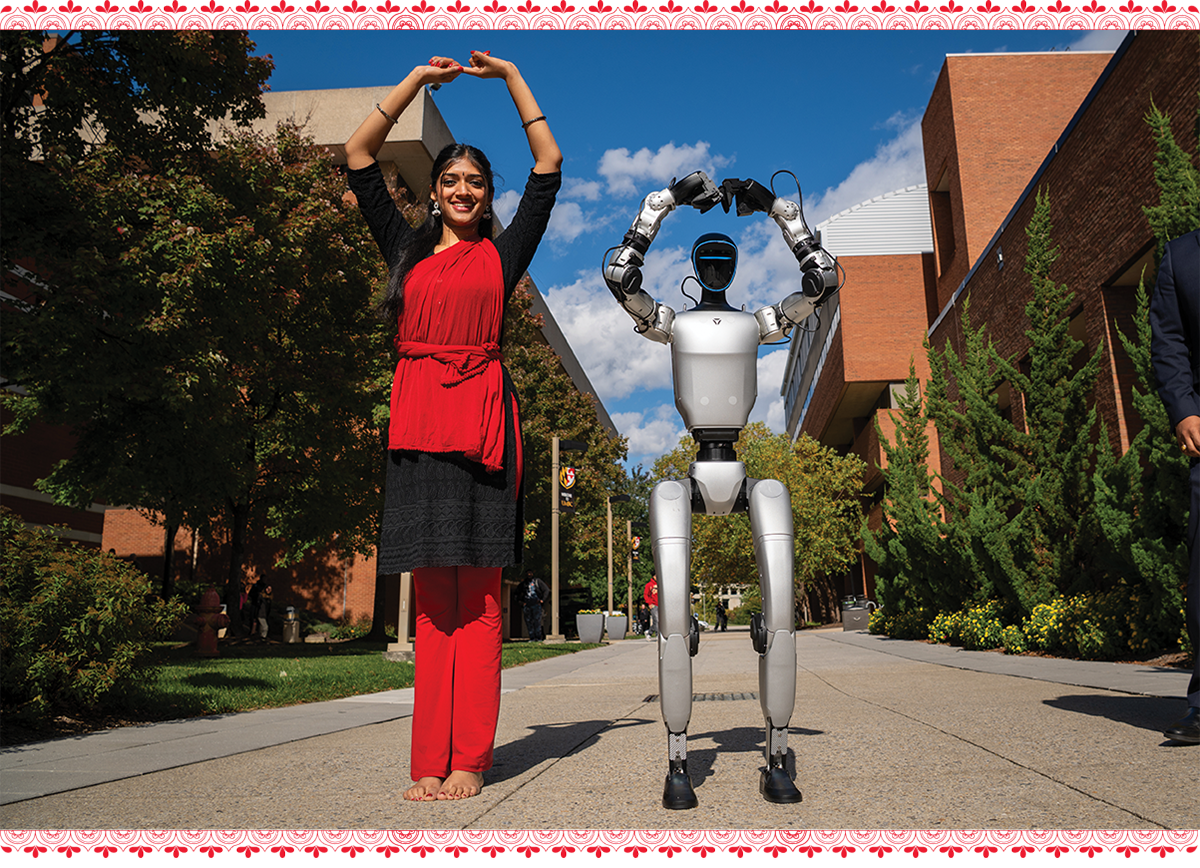Loneliness is highest in younger and older adulthood, study finds
New research sheds light on the prevalence of loneliness across adulthood, revealing a surprising U-shaped pattern.

New research sheds light on the prevalence of loneliness across adulthood, revealing a surprising U-shaped pattern. (CREDIT: Creative Commons)
New research from Northwestern Medicine sheds light on the prevalence of loneliness across adulthood, revealing a surprising U-shaped pattern.
The study, published in Psychological Science, analyzed data from nine longitudinal studies across the globe, demonstrating that loneliness is highest in younger and older adulthood, with a dip in middle age.
"We were struck by the consistent rise in loneliness during older adulthood," remarked corresponding author Eileen Graham, associate professor at Northwestern University Feinberg School of Medicine. "Loneliness is linked to poorer health outcomes, so understanding who experiences it and why it worsens with age is crucial for developing interventions to mitigate it."
Social isolation, a known risk factor for loneliness, carries significant health consequences. The U.S. Surgeon General has compared the increased mortality risk associated with chronic loneliness to that of smoking daily, highlighting the urgency of addressing this widespread issue.
Related Stories
Graham emphasizes the need for targeted interventions throughout adulthood to reduce social disparities and combat loneliness, particularly among older adults.
"Perhaps incorporating loneliness assessments into routine checkups could help identify individuals most at risk," suggests Graham.
Vulnerability Factors for Persistent Loneliness
The study identified several factors associated with heightened and persistent loneliness across the lifespan. These included:
Sex: Women reported higher loneliness than men.
Social Isolation: Individuals with limited social connections were more prone to loneliness.
Education: Lower educational attainment correlated with increased loneliness.
Physical Limitations: Functional impairments due to physical health were linked to higher loneliness.
Marital Status: Divorced or widowed individuals reported greater loneliness.
Health: Poorer cognitive, physical, and mental health were associated with increased loneliness.
Socioeconomic Status: Lower income individuals were more likely to experience loneliness.
Smoking: Smoking habits were linked to higher loneliness scores.
Unveiling the U-Curve: Loneliness Across Life Stages
The U-shaped pattern of loneliness held true across all nine datasets, encompassing studies from countries like the U.K., Germany, Sweden, and Australia. Notably, only one dataset originated from the U.S., highlighting the global nature of the loneliness epidemic.
Headshot of corresponding study author Eileen Graham, associate professor of medical social sciences at Northwestern University Feinberg School of Medicine. (CREDIT: Northwestern University)
"Our study's strength lies in leveraging multiple datasets to answer a key question: how does loneliness fluctuate throughout life, and what factors influence these changes?" explained Graham. All the studies were conducted before the COVID-19 pandemic, which likely exacerbated feelings of isolation for many.
Why is Middle Adulthood Less Lonely?
While the study doesn't delve into the specific reasons behind lower loneliness in middle age, Graham suggests it might be due to the inherently social nature of this life stage. Marriage, work, and activities involving children's friends often necessitate social interaction.
However, the social interaction-loneliness link is complex. One can have frequent social contact yet feel lonely, or be relatively isolated without experiencing loneliness.
"The data begins right at the end of adolescence," explained co-author Tomiko Yoneda, assistant professor at the University of California, Davis. "Young adults are navigating significant life transitions – education, careers, friendships, romantic relationships, and family formation. These transitions can contribute to feelings of loneliness."
Yoneda continues, "As individuals progress through young adulthood into midlife, they tend to solidify social networks, establish themselves professionally, and build stronger adult friendships and partnerships. Evidence suggests married individuals experience less loneliness. For older adults who aren't married, finding meaningful social connections is crucial to combatting persistent loneliness."
This research offers valuable insights into the prevalence and risk factors associated with loneliness across adulthood.
By understanding this U-shaped curve, researchers and healthcare professionals can develop targeted interventions to reduce social isolation and promote meaningful connections throughout life.
Tips for overcoming loneliness
Maintaining a purposeful life: Based on study results from a survey of more than 2,300 adults in Switzerland, researchers at Washington University in St. Louis found that feelings of loneliness were less common in people who reported a purposeful life, regardless of their age.
“A sense of purpose is this general perception that you have something leading and directing you from one day to the next,” Hill said. “It can be something like gardening, supporting your family, or achieving success at work.”
Many of the activities that can provide a sense of purpose — joining a club, volunteering at a school, playing in a sports league — involve interaction with others, which is one reason why a purpose-filled life tends to be less lonely. In the study, people who said they received or provided social support were especially likely to report feelings of purpose.
Physical activity and emotional well-being: Dr. Adam's video below highlights the role of physical activity in combatting loneliness. Based on research from Stanford Medicine, Dopamine, the neurotransmitter associated with pleasure and reward, is closely tied to movement.
Exercise has the power to elevate dopamine levels, leaving individuals feeling good for an extended period. A wealth of scientific evidence supports the idea that physical movement improves emotional well-being, reduces depression and anxiety symptoms, and enhances attention and sleep.
Beyond physical activity, numerous avenues can help alleviate loneliness. Experiencing nature, caring for animals, engaging in creative pursuits, and performing acts of service are just a few examples. The key is recognizing that different strategies work for different people, and action is vital. By actively pursuing connections and meaningful experiences daily, individuals can take significant steps toward overcoming loneliness.
For more good news stories check out our Good News section at The Brighter Side of News.
Note: Materials provided above by The Brighter Side of News. Content may be edited for style and length.
Like these kind of feel good stories? Get the Brighter Side of News' newsletter.
Tags: #Good_News, #Police, #Kindness, #Compassion, #Global_Good_News, #Helping_Hand, #Grocery_Store, #The_Brighter_Side_of_News



